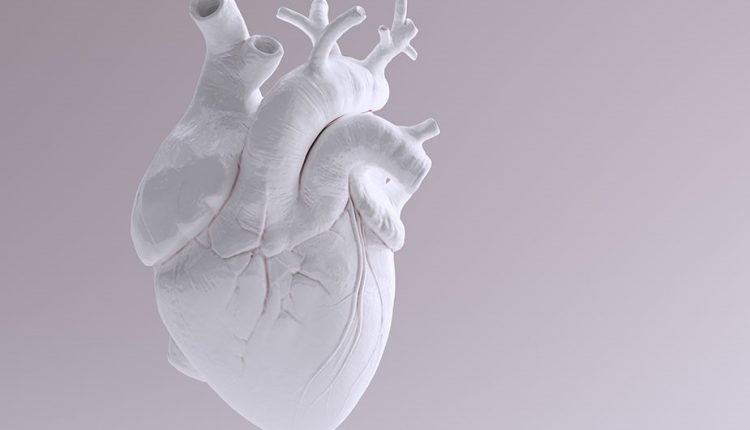
Cardiovascular diseases: diagnosis, therapy and prevention
Cardiovascular diseases affecting the heart and blood vessels are very heterogeneous: high blood pressure, coronary artery disease, decompensation and heart attack are the main cause of death in industrialised countries, including Italy
Cardiovascular diseases: heart failure
It is estimated, for example, that 1 in 6 people will be diagnosed with heart failure, a syndrome in which the heart is unable to supply blood in adequate quantities compared to the body’s demand.
In this condition, peripheral organs receive less oxygen and have difficulty performing their functions.
QUALITY AED? VISIT THE ZOLL BOOTH AT EMERGENCY EXPO
The reduced blood supply to the tissues also leads to progressive asthenia and, by reducing the ability to eliminate excess fluid, causes oedemas to form in the legs, ankles, feet or lungs.
Heart failure also manifests itself with respiratory difficulties – and thus shortness of breath and coughing – initially during intense exertion, then also during moderate exertion and even at rest.
Inadequate blood supply to the brain can also result in neurological manifestations such as dizziness and confusion.
In the event of heart failure, it will be necessary to proceed, under strict medical supervision, with laboratory and instrumental tests and appropriate treatment with drug therapy and lifestyle modifications.
In general, cardiovascular diseases are mainly a consequence of atherosclerosis
The latter is the most frequent disease of the arteries characterised by fatty deposits, inflammation, fibrosis and calcification in the vascular wall.
The vascular degenerative process is mainly caused by cholesterol. High blood pressure, obesity, diabetes, a sedentary lifestyle, alcohol and smoking – to name a few – are the main factors that put the heart at risk.
Heart health, in fact, depends to a large extent on the behaviour and lifestyles we adopt.
In this sense, prevention remains the ‘best cure’ which, in order to be effective, must rely on key factors such as diet, physical activity, alcohol and tobacco consumption and stress.
Diet, in particular, plays a key role in the prevention of cardiovascular disease
Recent studies, in fact, show a reduction in mortality from cardiovascular disease in individuals who follow the so-called Mediterranean Diet.
This diet mainly involves the consumption of bread, pasta and whole-grain cereals, vegetables, pulses, fresh fruit, extra virgin olive oil and few foods of animal origin (milk and cheese, fish, meat).
Physical activity is also of fundamental importance to ensure the health of our heart: sedentariness, in fact, is recognised as a major risk factor for cardiovascular diseases.
In addition to strengthening the skeletal muscle system, improving cardiovascular capacity and increasing the basal metabolic rate, in fact, moderate and constant physical activity reduces blood pressure, improves the response to anti-hypertensive drugs, reduces heart rate and the incidence of arteriopathy in diabetic subjects. 30 minutes of moderate activity is sufficient.
Little is enough.
Read Also:
Emergency Live Even More…Live: Download The New Free App Of Your Newspaper For IOS And Android
EMS: Pediatric SVT (Supraventricular Tachycardia) Vs Sinus Tachycardia
Paediatric Toxicological Emergencies: Medical Intervention In Cases Of Paediatric Poisoning
Valvulopathies: Examining Heart Valve Problems
What Is The Difference Between Pacemaker And Subcutaneous Defibrillator?
Heart Disease: What Is Cardiomyopathy?
Inflammations Of The Heart: Myocarditis, Infective Endocarditis And Pericarditis
Heart Murmurs: What It Is And When To Be Concerned
Clinical Review: Acute Respiratory Distress Syndrome
Stress And Distress During Pregnancy: How To Protect Both Mother And Child
Botallo’s Ductus Arteriosus: Interventional Therapy



